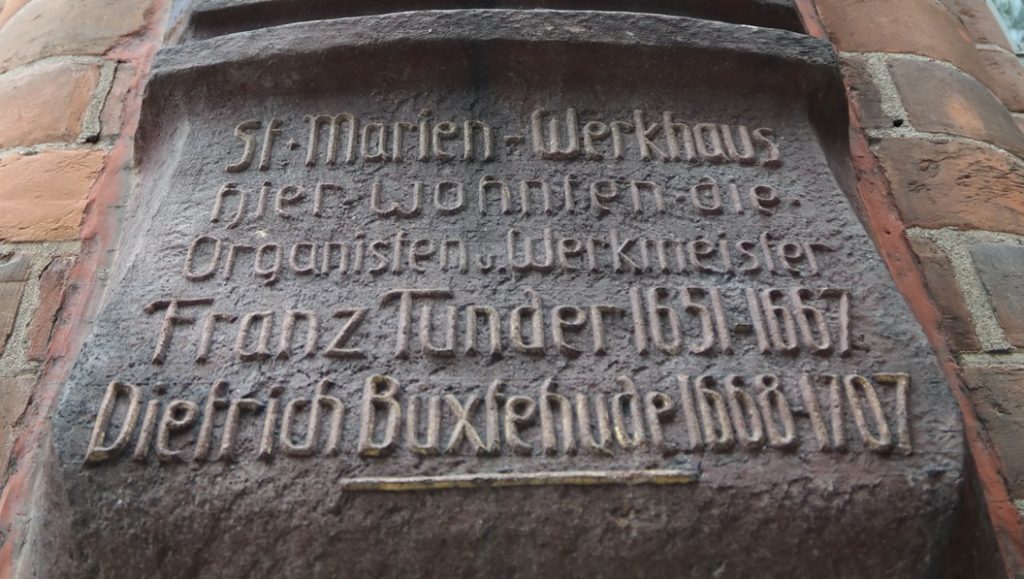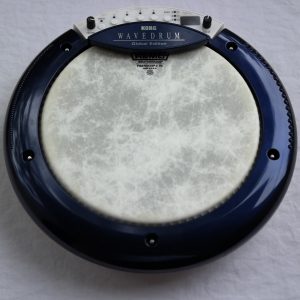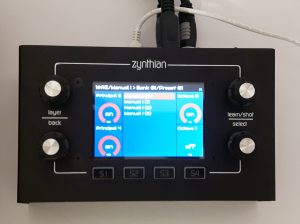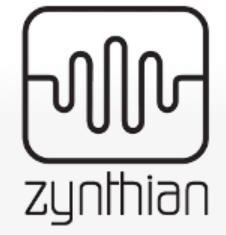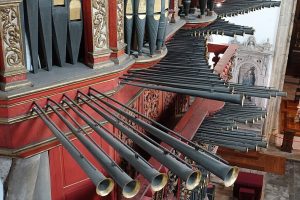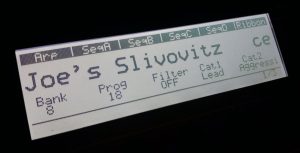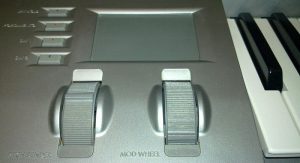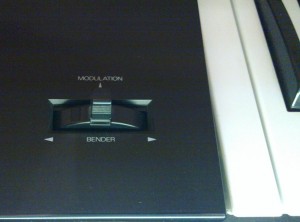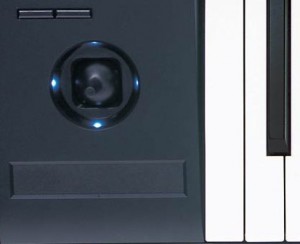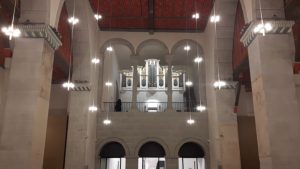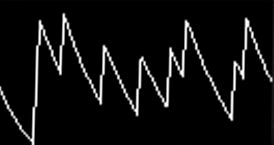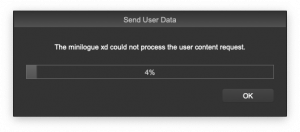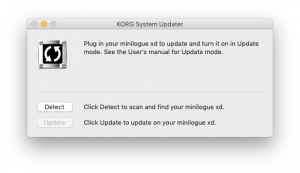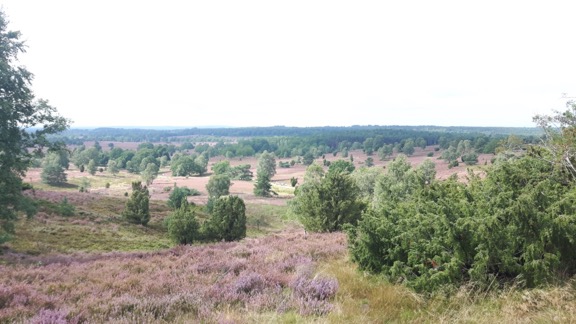
Neben Lübeck ist natürlich auch Lüneburg ein äußerst attraktives Reiseziel. Die uralten Backsteinbauten sind hier mindestens genauso schief wie dort, nicht zuletzt bedingt durch Bodenbewegungen durch die ein gutes Jahrtausend währende Salzgewinnung, der unter anderem die Marienkirche und die Lambertikirche zum Opfer fielen.
Von den drei verbliebenen Altstadtkirchen ist neben St. Michaelis und St. Nicolai St. Johannis als Arbeitsplatz Georg Böhms besonders interessant. Neben der 2010 erbauten, französisch-symphonisch geprägten Chororgel findet sich hier ein historisches Instrument, das, wie üblich, im Laufe der Zeit immer wieder umgebaut wurde, unter anderem während der Zeit Böhms. An dem Instrument konnte ich zweimal Joachim Vogelsänger hören. Passend zum Instrument gab es Werke von Bruhns (Präludium in e-Moll, “das große”), Sweelinck (Echofantasie in d) und Bach (Passacaglia und Fuge c-Moll, an die ich mich bislang selbst nicht gewagt habe).
In St. Nicolai steht ein typisch deutsches Instrument der Romantik von 1899, das zu Beginn des dritten Jahrtausends auf den Zustand zur Erbauungszeit zurückgesetzt wurde. Hier konnte ich im Rahmen des Lüneburger Orgelsommers ein beeindruckendes Konzert von Michal Markuszewski hören, der gut zum Instrument passende LIteratur ausgewählt hatte und das Instrument wie seine Westentasche zu kennen schien.
In St. Michaelis konnte ich keines der Instrumente hören, in der Unterkirche hat eine Organistin immerhin geübt.
Über das Konzertangebot hinaus hat Lüneburg natürlich jede Menge mehr zu bieten. Für Musikliebhaber ist die Stadt allerdings ein wichtiger “Wallfahrtsort” :) .

